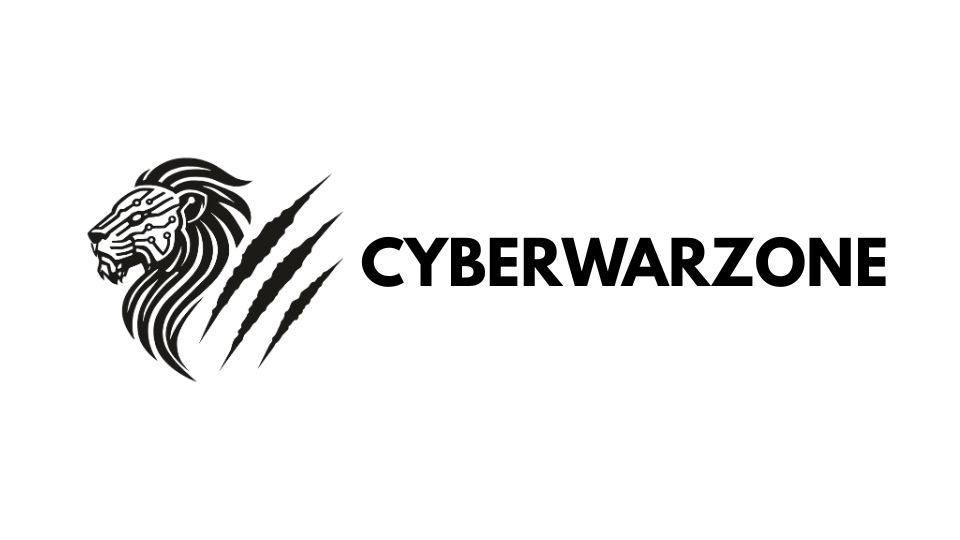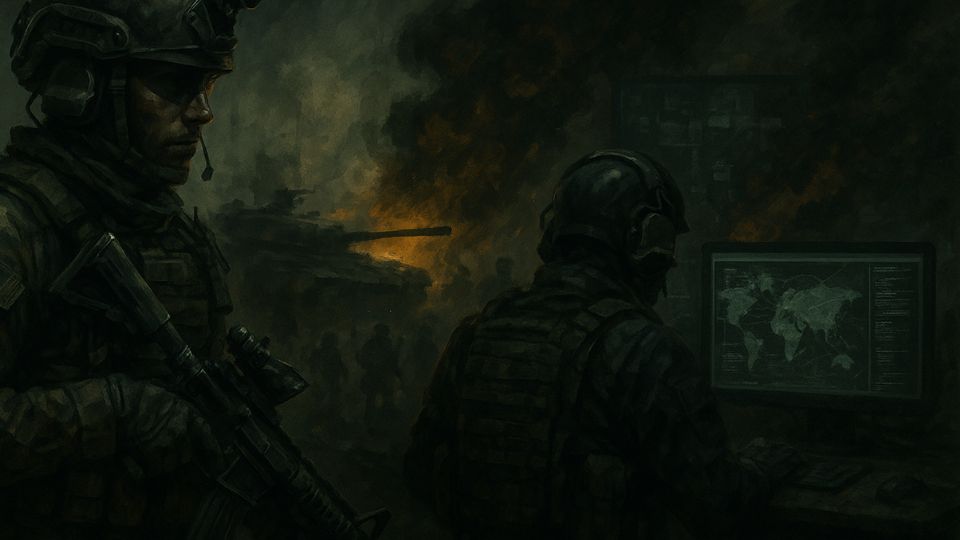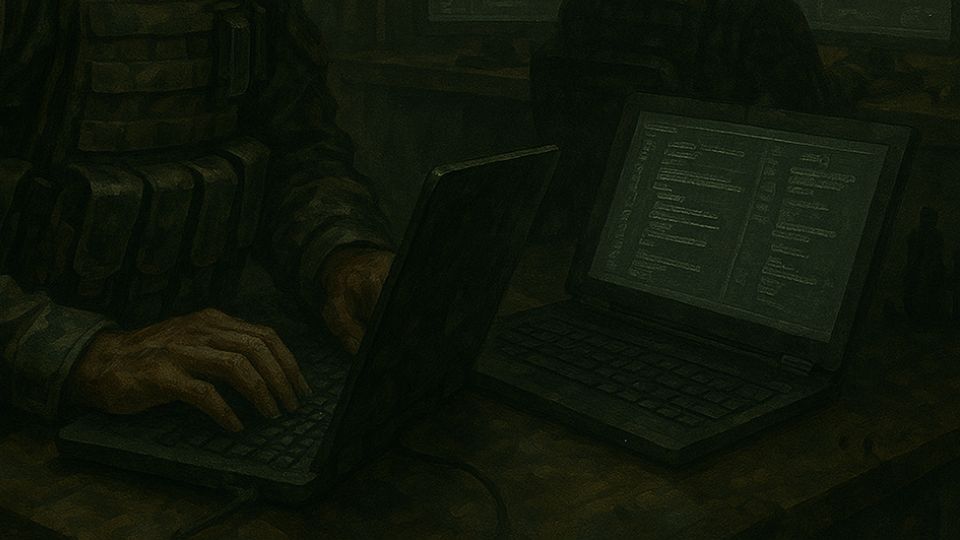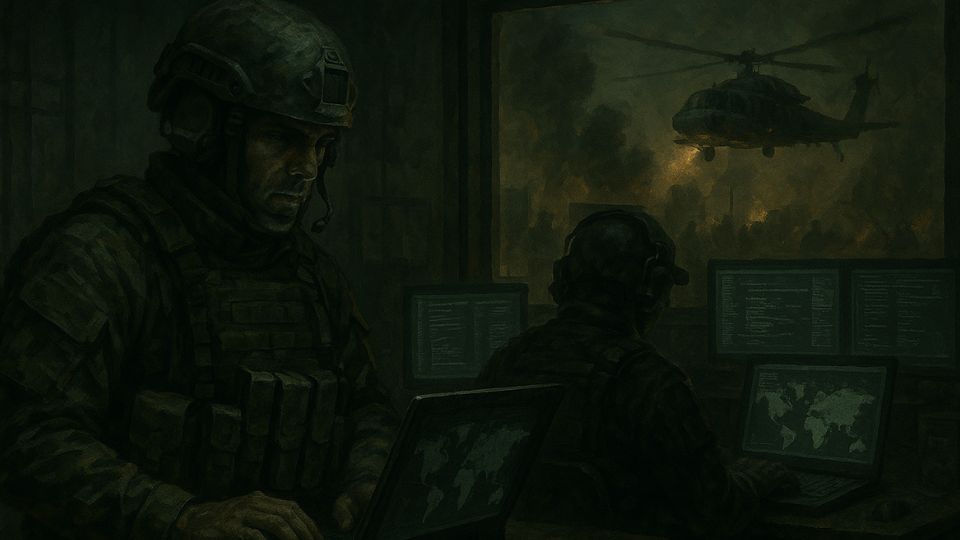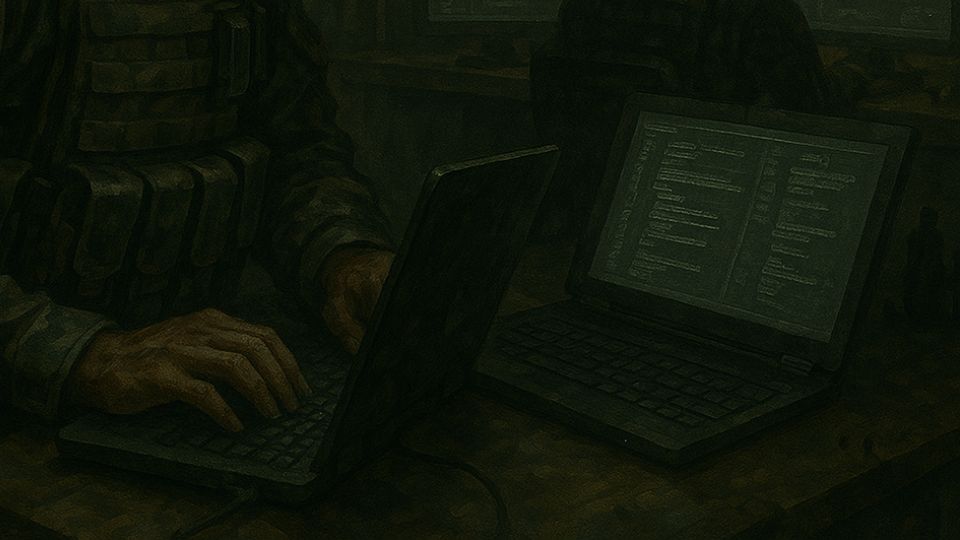Azerbaijan faces sustained cyber pressure as hacktivist targeting expands
Red Wolf adds Azerbaijan to its DDoS lists; government tallies hundreds of attack indicators as transit providers reroute during August surge
Azerbaijan is facing sustained cyber pressure as state, media and backbone providers absorb politically motivated campaigns and high-volume DDoS, while national authorities log hundreds of attack indicators and warn that hacktivist operations have expanded their target lists to the South Caucasus.
Current signals from Baku
The Special Communication and Information Security State Service warned institutions about politically motivated DDoS activity by Red Wolf, noting that Azerbaijan now appears on the group’s expanding lists. Domestic reporting summarizes the group’s posture and the agency’s notice to organizations that operate public-facing platforms, with targets spanning multiple regions this year (APA, Report.az). Government channels also documented earlier waves attributed to Arabian Ghost against information resources, including government websites, indicating that coordinated bursts continue to test resilience across public services (GovCERT Azerbaijan).
Quantifying the pressure
Public statistics from official briefings and domestic coverage provide a snapshot of activity through late summer 2025. In the first half of the year, authorities flagged hundreds of indicators tied to attempts on state institutions, with totals continuing to climb into August.
| Period (2025) | Indicator/Metric | Figure | Source |
|---|---|---|---|
| Jan–Jun | Indicators of attacks detected against state institutions | 504 | Azernews |
| Jan–Aug | Indicators of compromise identified targeting government agencies | 612 | Report.az |
| August | Change vs. July in recorded attacks on government bodies | −25% | Report.az |
The month-over-month dip in August sits alongside warnings of politically motivated DDoS and fresh hacktivist attention, suggesting pressure that is episodic and campaign-driven rather than uniformly distributed week to week.
Backbone and service disruption attempts
A large DDoS event in August affected Delta Telecom, one of the country’s principal transit providers, with operators rerouting traffic via Azertelecom and Aztelecom to maintain connectivity while mitigation progressed. Public analysis describes how redundancy limited user-visible impact during the surge and kept core services reachable as scrubbing and rerouting took effect (Azernews analysis). Industry telemetry earlier this year likewise described waves of volumetric attacks against state and media infrastructure, with national teams publicly noting active neutralization to keep portals online (FastNetMon brief).
Who is being named
Red Wolf announcements on social channels and round-ups from monitoring sites have recently included Azerbaijan among targeted states, alongside NATO members and regional governments. The descriptions emphasize DDoS and service disruption, with impact framed as availability loss rather than data theft. Domestic press summarizes the group’s posture and the state service’s notice to institutions amid the expanded target list (APA, Report.az). Government CERT posts referencing Arabian Ghost add a second actor tag to the picture, focused on defacements and availability hits against information resources (GovCERT Azerbaijan).
Policy and preparedness updates
Authorities have paired incident reporting with policy work. An “Information Security Environment Diagnostics” project reached its initial version in mid-September, reflecting efforts to baseline risks and prioritize improvements across networks and services that face sustained probing and opportunistic hits (Azernews). Senior officials also describe the tempo as continuous on a daily basis, reinforcing messages about monitoring and resilience across government platforms (APA Economics).
Regional context: hybrid pressure at the edge of larger conflicts
The South Caucasus sits at the intersection of regional rivalries where cyber activity often accompanies periods of political tension. Azerbaijan’s recent sequence—warnings about new hacktivist interest, backbone-level DDoS mitigation, and steady government telemetry on attack indicators—matches hybrid playbooks seen elsewhere, where open-source claims and social-channel signaling precede or parallel disruption attempts. Coverage on this site has explored how adversaries narrow reconnaissance time and reach high-impact assets once secrets and orchestration paths are in scope; see the analysis of BERT ransomware and the breakdown of TA415 activity using VS Code tunnels.
What the numbers do—and don’t—show
The indicators logged by national teams quantify detection and response workload across agencies; they do not directly measure user-visible outages or long-term damage. The August decline in recorded attacks sits alongside persistent warnings and public notes about hacktivist campaigns and daily probing, indicating a sustained burden on monitoring teams even when monthly totals fluctuate. Backbone mitigation during the August surge shows that contingency paths exist to keep services reachable when transit capacity is stressed, limiting knock-on effects to citizens and businesses (Azernews analysis).
The picture as of October 5
- Azerbaijan is explicitly named in recent hacktivist target lists centered on DDoS and availability disruption (Report.az).
- Government channels continue to log hundreds of attack indicators this year, with a reported 612 IOCs identified by the end of August and a 25% drop that month versus July (Report.az).
- Earlier waves attributed to Arabian Ghost and separate March–August DDoS activity against state and media resources underpin a pattern of recurring pressure, not isolated events (GovCERT Azerbaijan, FastNetMon brief).
